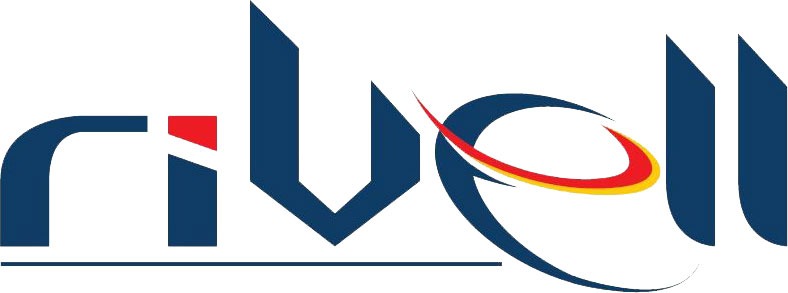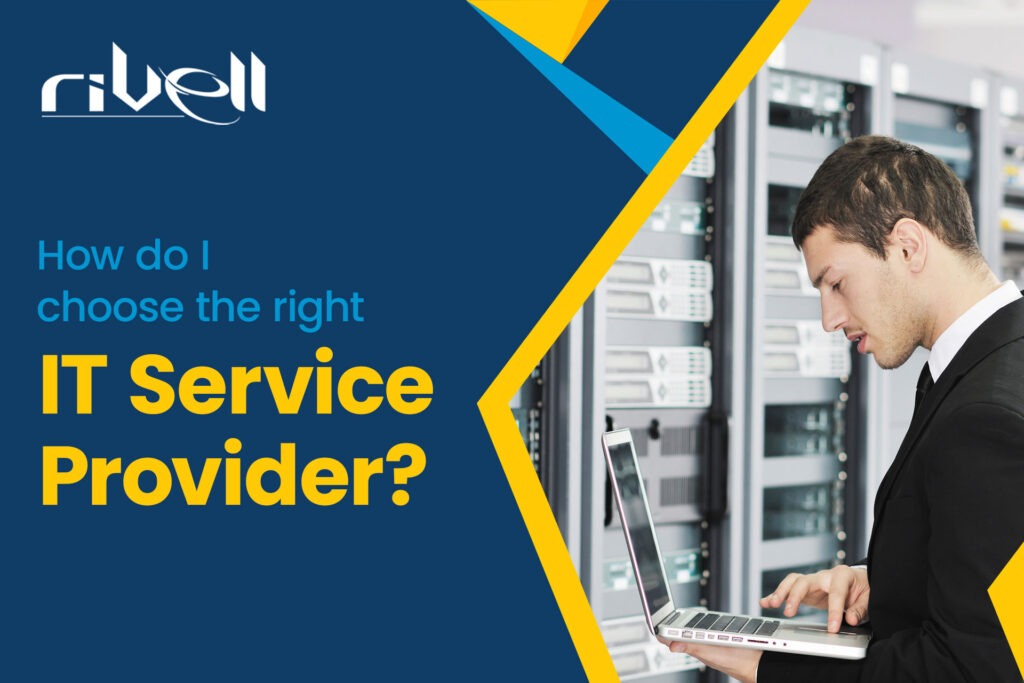In an era where technology is the backbone of business operations, selecting the right IT service provider is a critical decision that can significantly impact your organization’s efficiency, security, and overall success. The right IT partner can steer your organization through the complexities of technology, ensuring a smooth and secure passage. As you stand at the crossroads of choosing the ideal IT service provider, this guide is crafted to be your compass, guiding you through the decision-making process with clarity and confidence.
Tips for choosing the right IT Service Provider
Let’s embark on this journey together, unraveling the key considerations that will lead you to the IT service provider best suited to elevate your business to new heights.
1. Understanding Your Needs
The first step in choosing the right IT service provider is a thorough understanding of your organization’s needs. Conduct an internal audit to identify your current IT infrastructure, pain points, and future goals. Are you looking for comprehensive managed services, cybersecurity expertise, cloud solutions, or a combination of these? Clearly defining your requirements will serve as a roadmap in finding a provider that aligns with your specific needs.
2. Evaluate Expertise and Experience
The IT landscape is dynamic, with technologies evolving rapidly. A reliable IT service provider should demonstrate a deep understanding of the latest trends, tools, and best practices. Assess their expertise by reviewing case studies, client testimonials, and the qualifications of their team members. An experienced provider will not only address current issues but also anticipate and prepare for future challenges.
3. Scalability and Flexibility
Businesses are seldom stagnant; they evolve, grow, and sometimes face unforeseen challenges. Ensure that your chosen IT service provider can scale their services according to your business growth. A flexible provider will adapt to your changing needs, offering solutions that align with your evolving technological requirements.
4. Security Measures
In an age where cyber threats are a constant concern, the security capabilities of an IT service provider should be a top priority. Inquire about their security protocols, data encryption methods, and compliance with industry standards. A reliable provider will prioritize cybersecurity to safeguard your sensitive information and ensure business continuity.
5. Service Level Agreements (SLAs)
Understanding the terms of engagement is crucial. A well-defined Service Level Agreement (SLA) outlines the scope of services, response times, and responsibilities of both parties. Review the SLA carefully, ensuring that it aligns with your expectations and business objectives. Pay attention to details such as support hours, resolution times, and communication channels.
6. Cost Transparency
While cost is undoubtedly a significant factor, it’s essential to prioritize value over price. A transparent IT service provider will provide a clear breakdown of costs, allowing you to understand where your investment is going. Beware of hidden fees and ensure that the pricing structure aligns with your budget constraints.
7. Client References
One of the most reliable ways to assess the credibility of an IT service provider is by seeking client references. Connect with organizations that have similar needs and have worked with the provider in question. Honest feedback from existing clients can provide valuable insights into the provider’s reliability, communication, and overall service quality.
8. Service Offerings and Specializations
Different IT service providers may have varying specializations and service offerings. Explore the specific services they provide, such as network management, cloud computing, cybersecurity, or custom software development. Understanding their strengths and areas of expertise will help you align their offerings with your business requirements.
Read More: What are the most In-demand services in the IT Services Industry 2024
9. Technology Infrastructure and Tools
Take a closer look at the technology infrastructure and tools the IT service provider utilizes. Are they leveraging cutting-edge technologies, and do their tools align with industry standards? A provider equipped with advanced and reliable technology can significantly impact the efficiency and performance of your IT systems.
10. Communication and Collaboration
Effective communication is key to a successful partnership. Evaluate the provider’s communication channels, response times, and their approach to client collaboration. A responsive and communicative provider ensures that you stay informed about the status of your IT environment and any ongoing projects.
11. Disaster Recovery and Business Continuity
In the face of unforeseen disasters or disruptions, a robust disaster recovery and business continuity plan are imperative. Inquire about the provider’s strategies for data backup, recovery processes, and their commitment to ensuring uninterrupted business operations during crises.
12. Regulatory Compliance
Depending on your industry, there may be specific regulatory compliance requirements that your IT systems must adhere to. Verify that the IT service provider is well-versed in relevant regulations and can help ensure your business remains compliant, avoiding potential legal issues and penalties.
13. Cultural Fit and Company Values
Consider the cultural fit between your organization and the IT service provider. Shared values and a collaborative mindset can contribute to a smoother working relationship. Assess their commitment to understanding your company culture and tailoring their services to align with your organizational values.
14. Monitoring and Reporting
Proactive monitoring and regular reporting are crucial components of effective IT management. Inquire about the provider’s monitoring tools, frequency of system checks, and the comprehensiveness of their reporting. Access to real-time insights can help identify issues before they escalate, ensuring a proactive rather than reactive approach to IT management.
15. Training and Knowledge Transfer
As your organization evolves, there may be a need for internal staff to understand and manage certain aspects of the IT infrastructure. Check if the IT service provider offers training sessions or knowledge transfer programs to empower your team with the skills needed for day-to-day IT management.
Frequently asked questions (FAQs) related to choosing an IT provider
1. What should I look for when choosing an IT provider?
When selecting an IT provider, consider factors such as their expertise, experience, service offerings, scalability, security measures, communication, and cultural fit with your organization. These elements ensure that the provider aligns with your specific needs and can adapt to your evolving technology requirements.
2. How do I find the right IT provider for my business?
Finding the right IT provider involves thorough research and evaluation. Start by understanding your organization’s IT needs, then explore providers with expertise in those areas. Read client testimonials, case studies, and reviews to gauge their reputation. Conduct interviews, ask for references, and assess their communication style to ensure a strong partnership fit.
3. What services should I prioritize when choosing an IT provider?
Prioritize services based on your organization’s immediate and long-term needs. Common services to consider include network management, cybersecurity, cloud solutions, data backup, and IT support. Choose a provider that offers a comprehensive suite of services aligned with your business objectives.
4. What security measures should I look for in an IT provider?
Security is paramount. Look for IT providers with robust cybersecurity measures, including data encryption, regular security audits, and compliance with industry standards. Inquire about their disaster recovery plans and how they handle potential security breaches to ensure the protection of your sensitive information.
5. How can I assess the scalability of an IT provider’s services?
Evaluate the provider’s track record in scaling services for businesses of similar size and industry. Inquire about their flexibility in adapting to growth or changes in your IT requirements. A scalable IT provider should seamlessly accommodate your organization’s evolving technology needs.
Conclusion
Choosing the right IT service provider is a strategic decision that requires careful consideration. By understanding your needs, evaluating expertise, ensuring scalability, prioritizing security, reviewing SLAs, considering cost transparency, and seeking client references, you can navigate the selection process with confidence. Remember, a well-chosen IT service provider becomes a trusted partner, contributing to the success and growth of your organization in the ever-evolving digital landscape.
Elevate your business to new heights with Rivell’s cutting-edge Managed IT services—a symphony of innovation, security, and unparalleled support tailored just for you.
Call us at (856) 603 0000 or fill out the contact form to learn more about our IT services.









